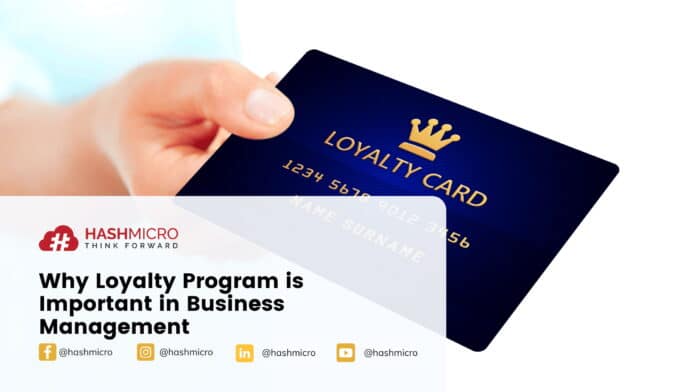The royalty program is important in both service and product business management. The cost of maintaining existing customers by a company is less than that of acquiring new ones. Existing Customers are basically those that have used the company’s products. They know the quality of the company’s products. Loyal customers know the value of what they are buying. They are not easily taken by the competitors’ offers. Loyal customers will always think of a given brand whenever the need arises.
Customers’ loyalty is classified into attitudinal and behavioral loyalty. Attitudinal royalty refers to when customers are loyal because they love a particular brand. Behavioral loyalty refers to when customers repeat the buyers because there is no other choice. Business managers should always know the loyalty type they are enjoying. The best category of customer loyalty is attitudinal loyalty.

Table of Content:
Table of Content
What is a loyalty program?
A loyalty program refers to a marketing strategy designed to encourage customers to continue to shop at or use the services of a business associated with the program. This involves receiving discounts on the current purchase or allotment of points for customers who present cards.
Reasons why loyalty programs is important in business management:
1. Elimination of price competition
The program uses discounts and allotment of points to attract customers. There is an elimination of price competition. Consumers are not given any chance of purchasing substitutes. They are only encouraged to purchase more than they have been buying. Discounts like buy 2 and have one for free stimulate consumers to buy more than they intended.
Allotment of points encourages consumers to purchase consistently. They purchase with the intention of using their points at a later date. This enables retailers to avoid unnecessary price competition. Loyalty programs are healthier in business than competition in price charges and rates.
2. Existing customer retention
Acquisition of new customers requires a lot of resources to persuade them. There is no guarantee that the acquired customers will stay. This is because the new customers will make a decision after using a particular service or product. Existing customers already know what their brand offers them. They only repurchase out of either satisfaction or behavior.
Maintaining current customers is cheaper than attracting a new one. Retailers are interested in customer retention to avoid costs involved in attracting customers. Customer retention is more profitable to retailers than customer acquisition. Therefore, retailers guarantee their revenue through customer retention rather than customer acquisition.
3. Creation of personal relationships
Customer retention enables the creation of retailer-consumer relationships at a personal level. Consumers become comfortable and start interacting with the retailers about the products. Customers who can easily access retailers are likely to stay longer. This is because such customers give honest views about products to the retailer.
The creation of personal relationships makes it easier for the retailer to know customers’ opinions. Customers at this stage find it easy to get a response or even advocate for some changes.
4. Creates brand advocates
Consumers who have used a brand for a long time tend to understand it more than any other person. The category of consumers that are satisfied with the brand items becomes brand advocates. This category convinces everyone in their reach to use their preferred brand while referring to it as the best. They are always available to clarify any misconceptions about their preferred brand to would-be customers.
Brand advocates are an important category in business. They are very effective in addressing the brand more than an advert. This is because customers will easily believe their fellow customers than a TV advert. Brand advocates conduct their activities out of love for the brand. They usually do it through their social media like Facebook, Instagram, YouTube, and at times by word of mouth.
5. Customer life value time increase
The program increases the life value time of a customer. Customers are kept around with the offer of discounts and allotment of points. This creates a feeling of belonging among customers. Customers are likely to stay with the brand for a long time as they are treated being part of the brand.
Retailers use loyalty programs as a way of keeping their customers around. This is because customer retention helps retailers to avoid challenges associated with new customers. New customers are more price-sensitive than retained customers.
Conclusion
Loyalty programs remain the only practical way of retaining customers by retailers. It creates a win-win situation between the customers and the retailer, keeping consumers satisfied and coming back for more. This not only fosters customer loyalty but also creates a profitable gap for the retailers.
To make managing such programs easier and more effective, it’s essential for retailers to embrace software, such as CRM for leads. This can help them stay ahead of the competition and maintain a healthy revenue stream, ultimately ensuring long-term success for their business. If you are interested in the software, you can try a free demo of it here.




































